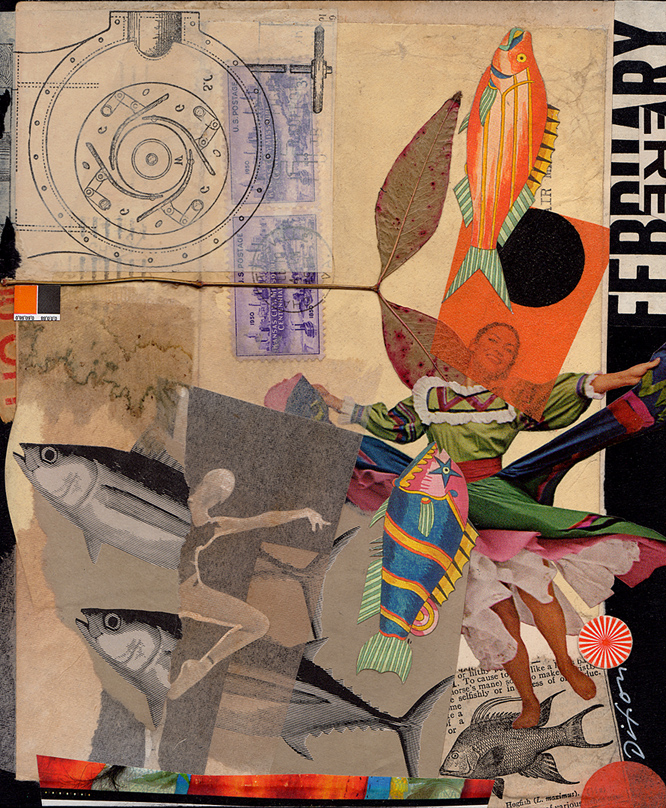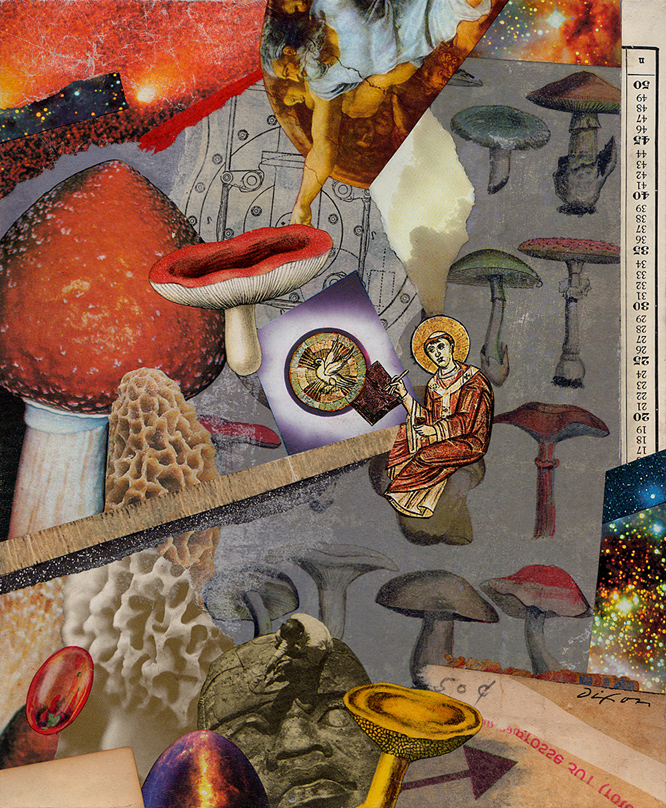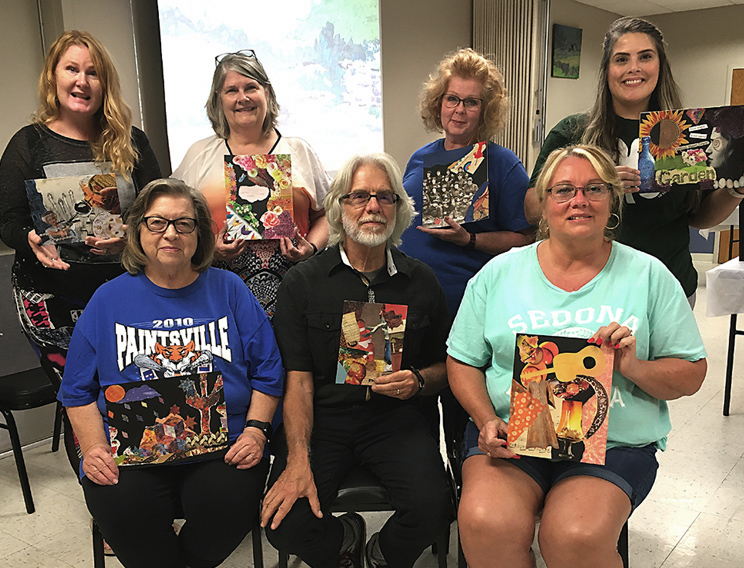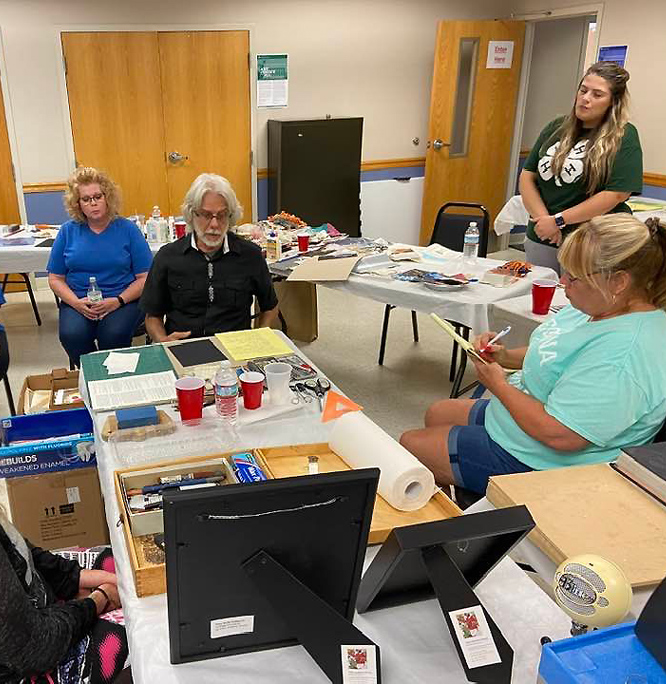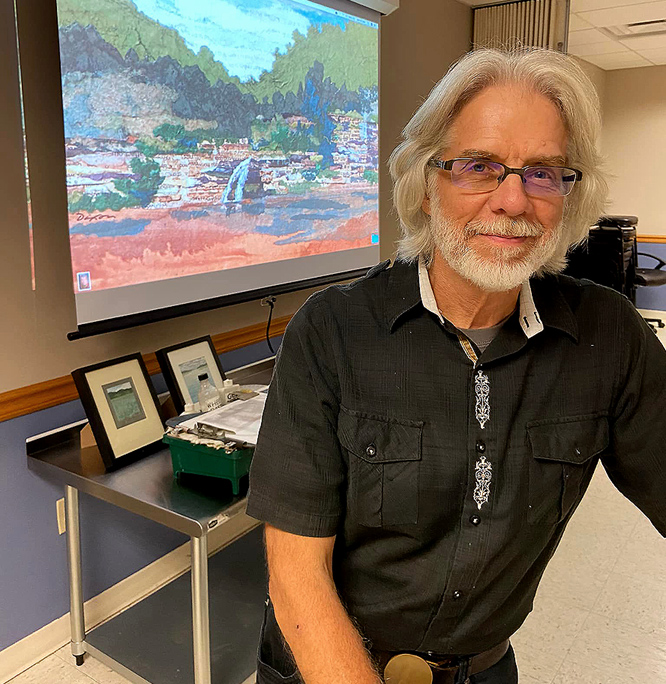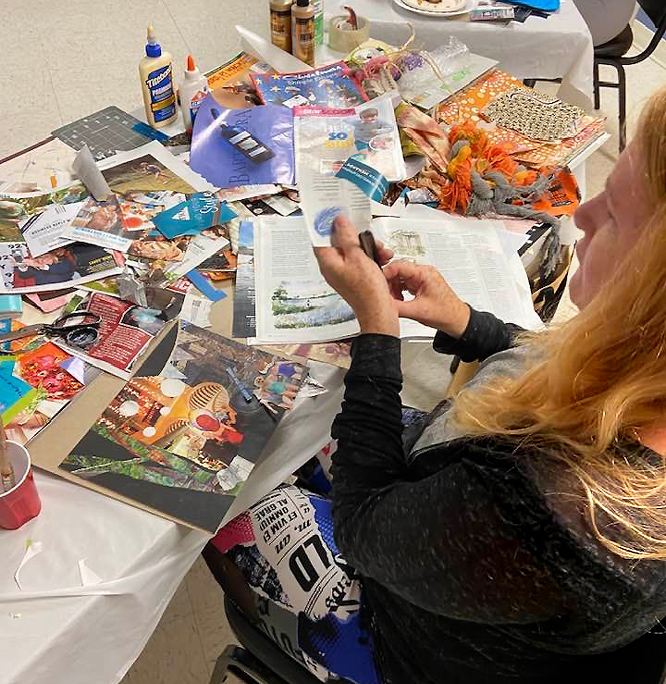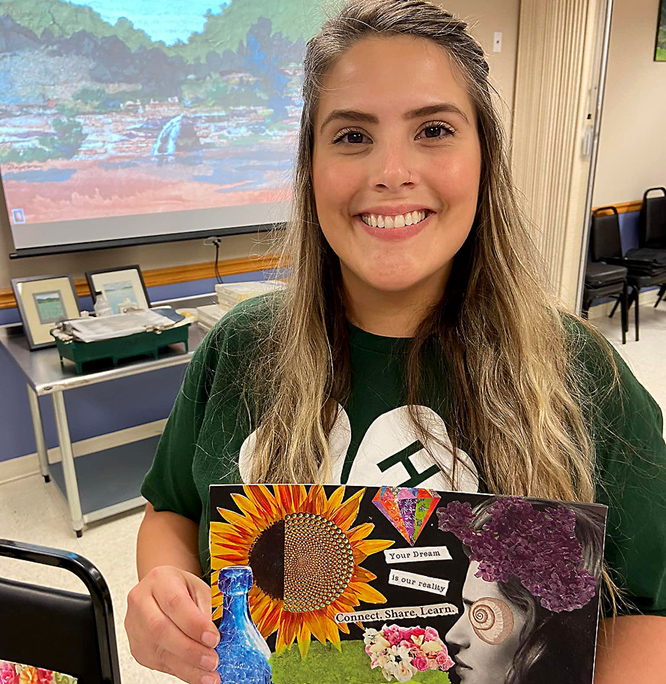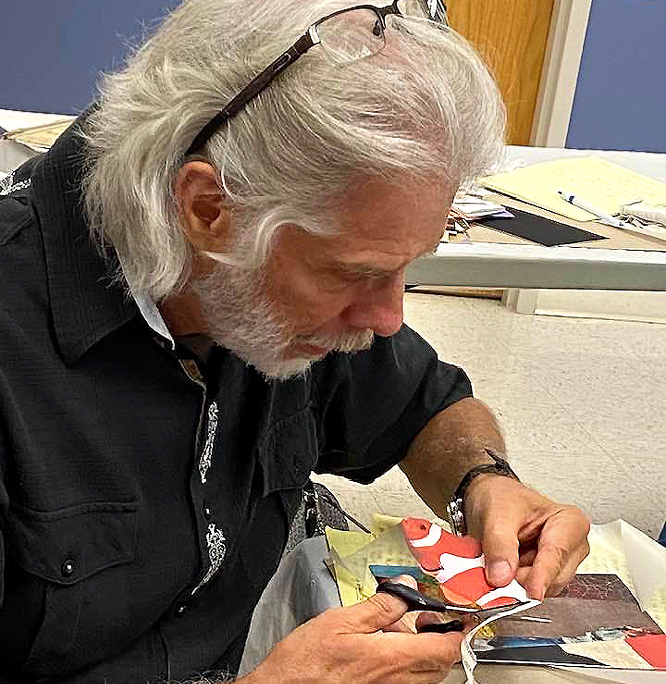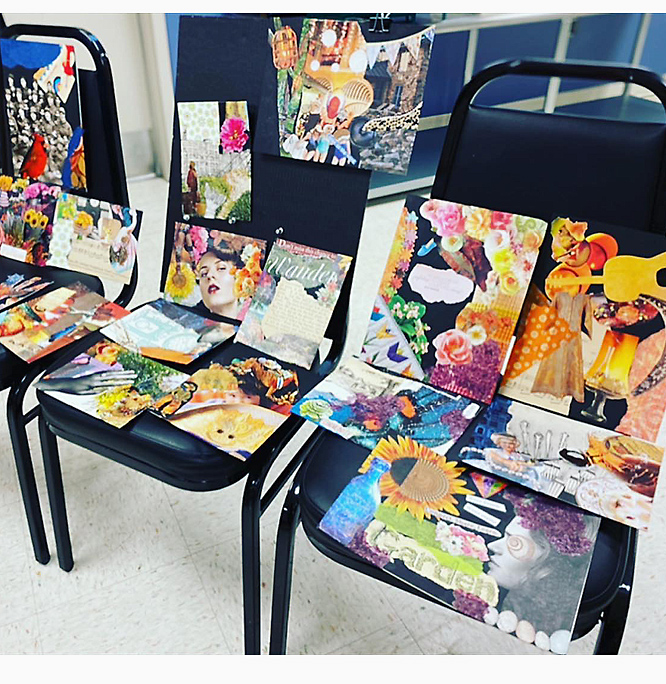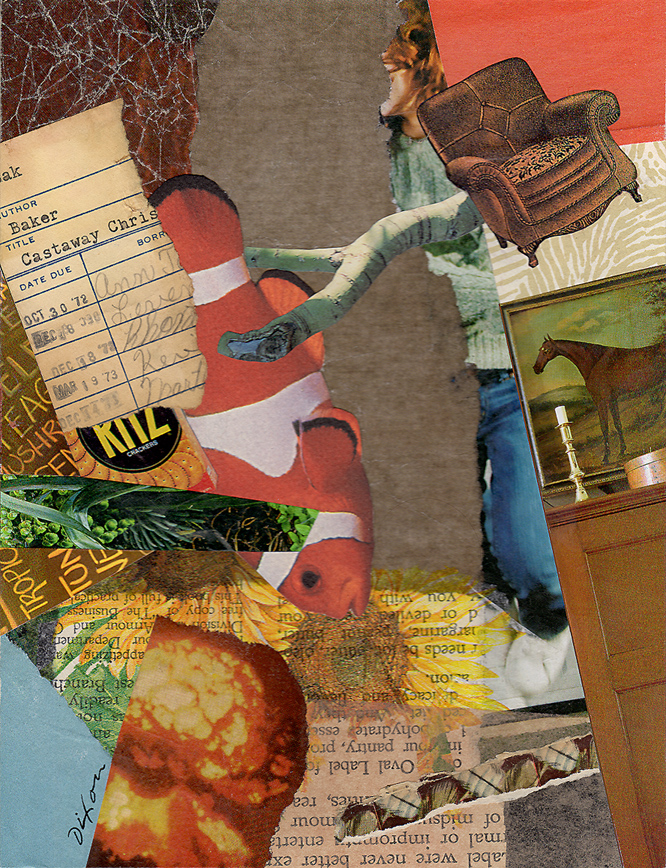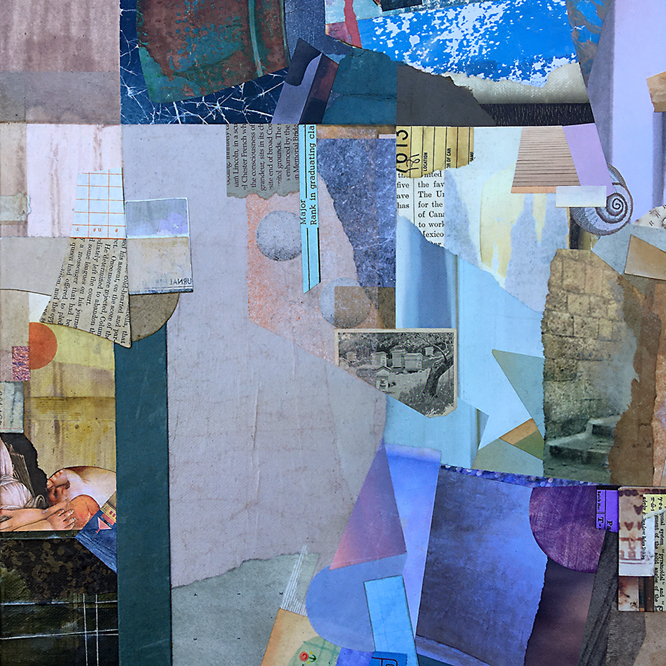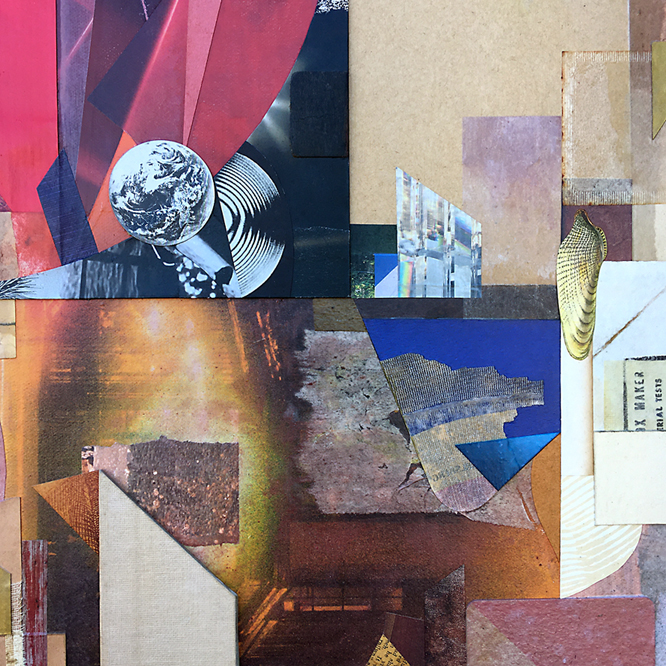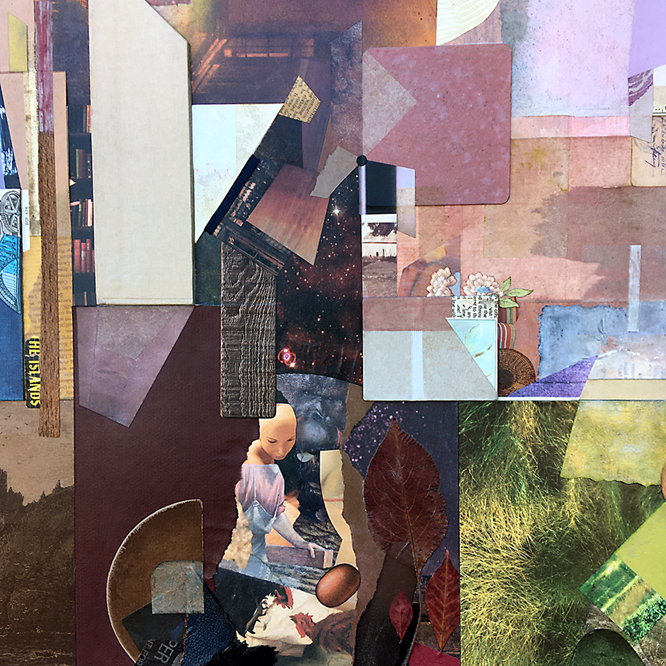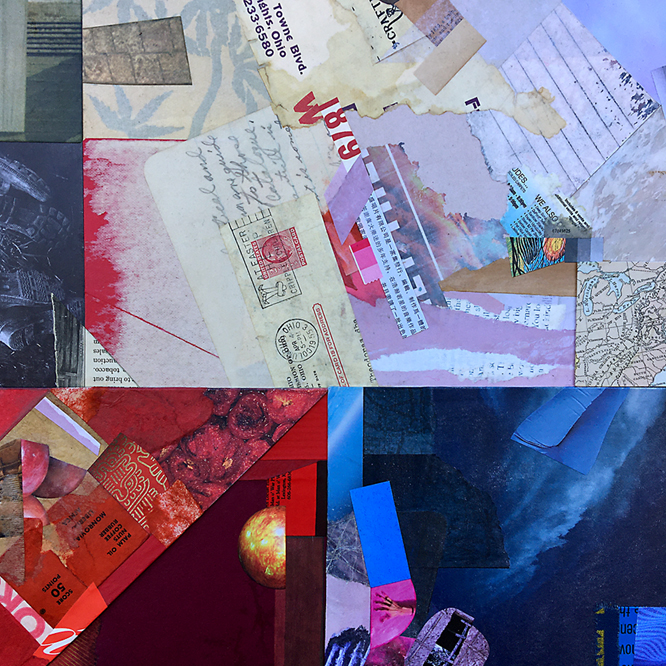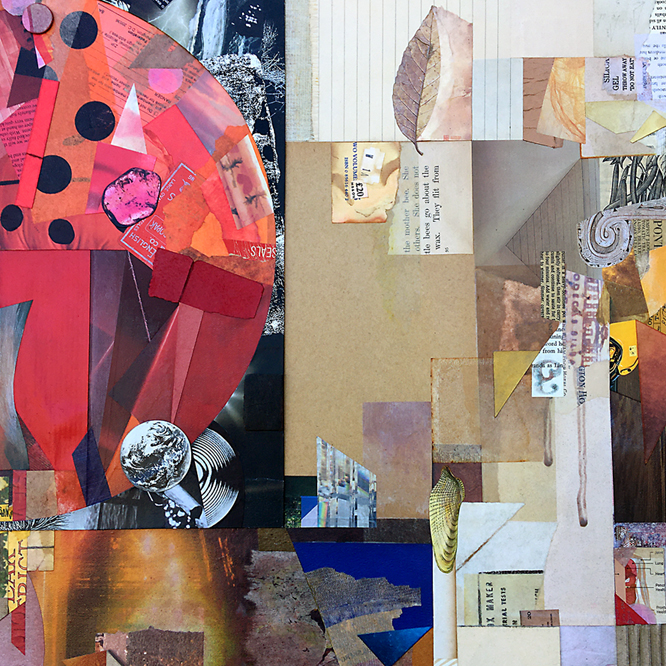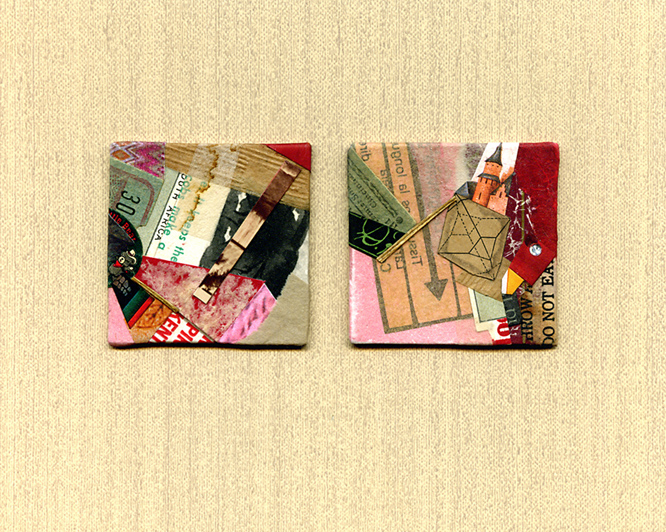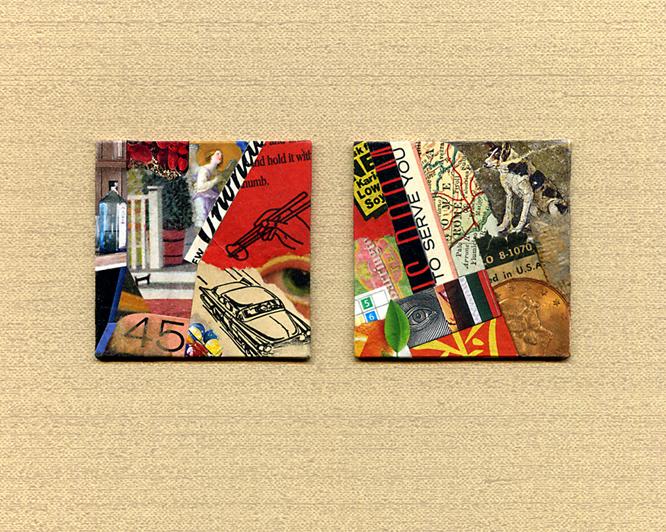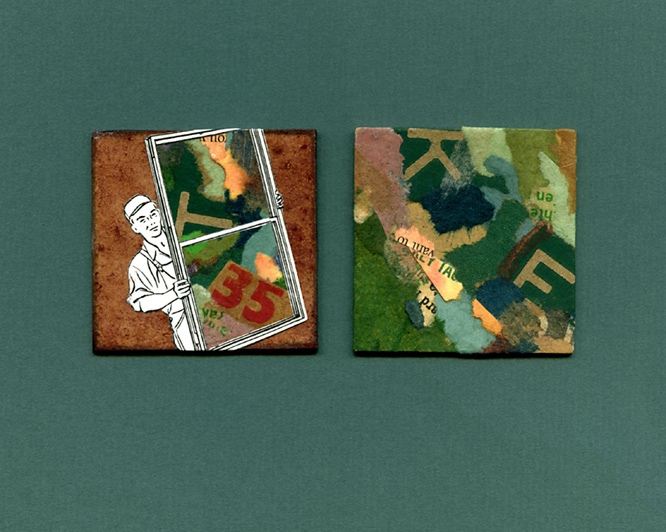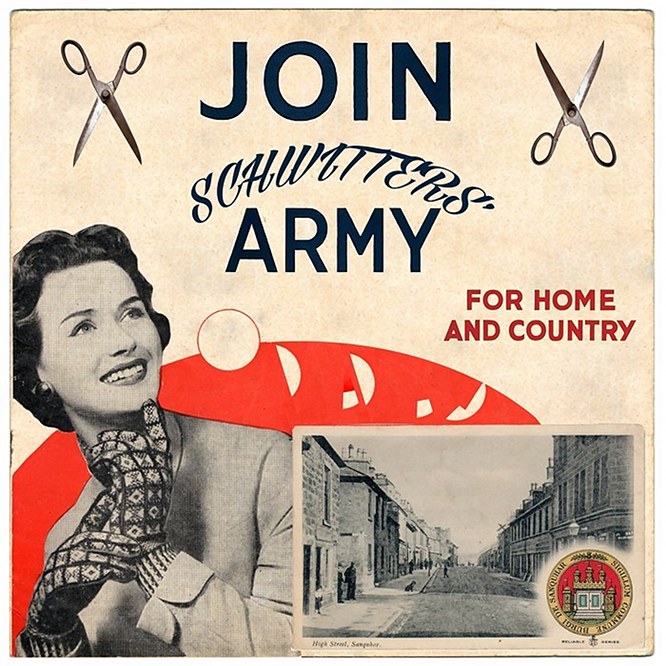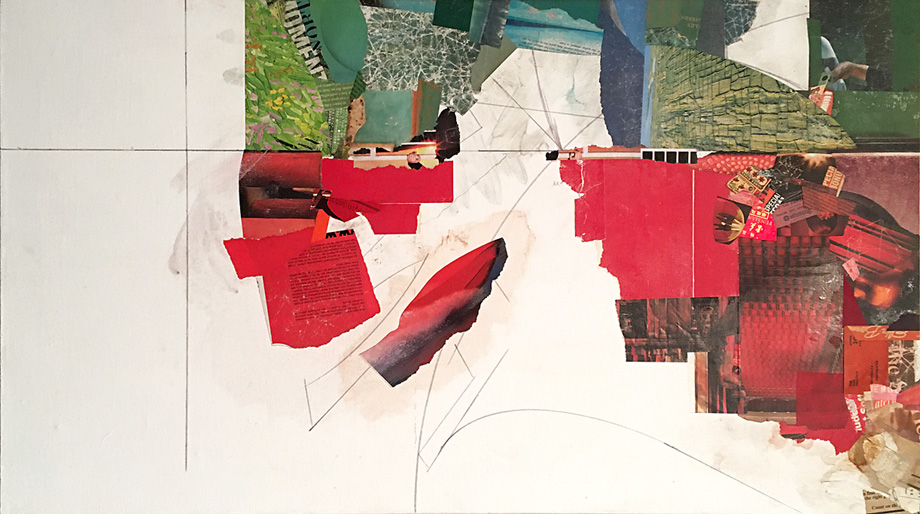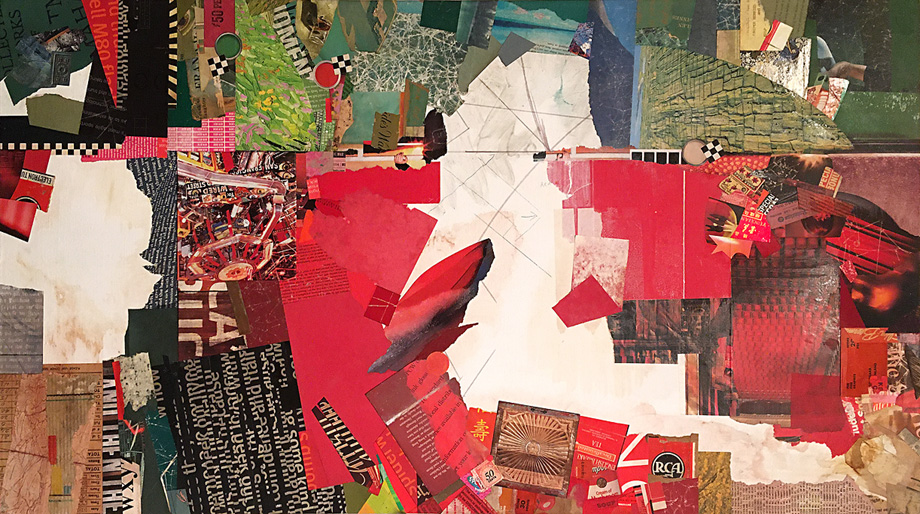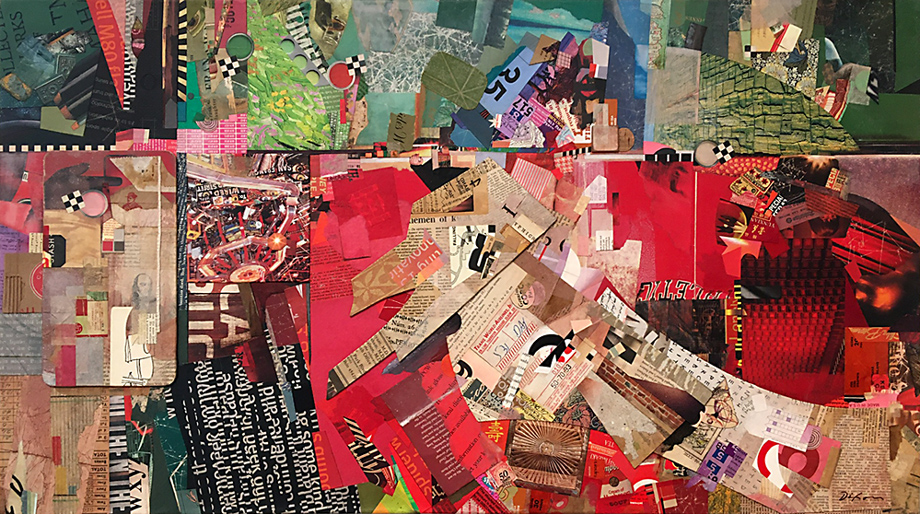“When Schwitters made the first collage by literally picking up a piece of rubbish, a sweet wrapper, a bus ticket and a piece of wood, that was pure invention.”
— Sir Peter Blake
For the many who revere his art, there’s a distinct Kurt Schwitters for each of us — rebellious creator, fearless performer, relentless out-of-the-boxer, proto-beatnik, or visionary theorist. In combination with his towering individualism, he was, by reports from those who knew him, affable, witty, optimistic, entertaining, and a practical joker. This is the Kurt who would be a pleasure to “hang” with, who others in the internment camp on the Isle of Man would hear each morning, barking like a dog. 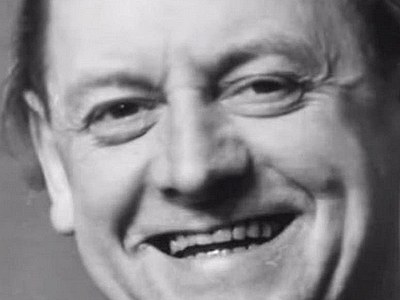 In our local Bluegrass culture, there is a phrase for such a character. Around these parts, he likely would’ve been known as a “good ol’ boy.”
In our local Bluegrass culture, there is a phrase for such a character. Around these parts, he likely would’ve been known as a “good ol’ boy.”
In response to the international call by Ric Kasini Kadour to build a Schwitters’ Army collection at MERZ Gallery, the two pieces I created pay tribute to this particular K.S. Both were fashioned from street debris and highway litter accumulated from my immediate vicinity. One of them was mailed to Sanquhar, Scotland. I haven’t decided what to do with “part 2.” Perhaps the series will continue.
In 2016, I wrote the following in my published essay on a hundred years of Dada: “Those of us who create collage art may not always describe our works as a tribute to the enduring, inclusive concepts of Merz, but that is precisely what they are, and we are indebted to that legacy.” As one who has never wearies of exploring the far-reaching innovations of K.S., I am content to describe myself unabashedly as a working “Merzologist.”
Schwitters may or may not have been the original artist to embed found detritus in collage, but certainly he was the first to fully master a modern-art version of the medium when it emerged at the close of the Great War. Embracing every conceivable source ingredient, he would codify the new visual vocabulary, give it an umbrella name, and bequeath the methodology to unborn generations. 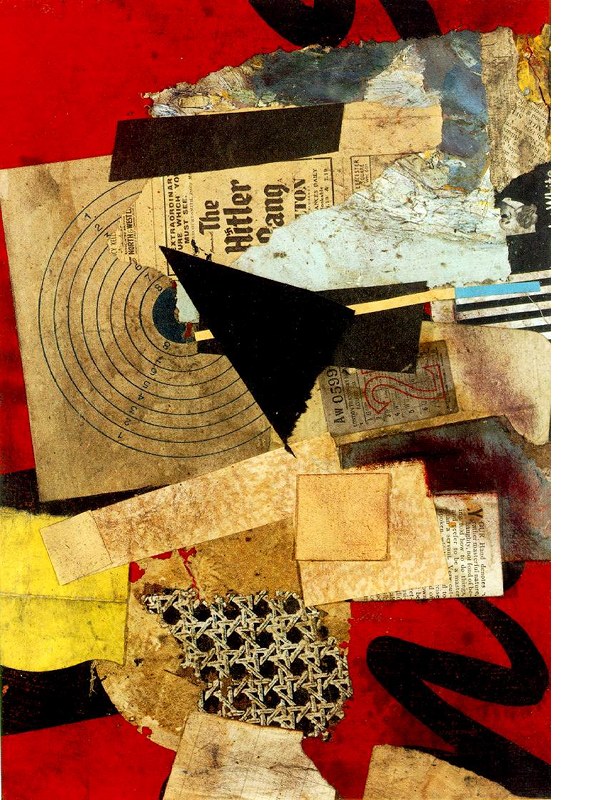 He may have sensed that the window of opportunity for him to preside over such a grand human venture was closing. He never got to take by storm the art world of 1950s New York — something eminently suited to his personality. His work and writings have had to speak for themselves.
He may have sensed that the window of opportunity for him to preside over such a grand human venture was closing. He never got to take by storm the art world of 1950s New York — something eminently suited to his personality. His work and writings have had to speak for themselves.
For me, the seminal creations that launched what we know as Merz can never be separated from the man himself — the one who directed subtle, irreverent jabs toward a gang of thugs who hijacked his culture, until it was impossible to stay put, and then, after facing further persecution in Norway with his son, reckoned that an icebreaker just might evade Nazi torpedoes long enough for them to reach the coast of Scotland. Probably that dauntless, wry, “Good Ol’ Boy” side of him was satisfied to leave us with this simple thumbnail declaration:
“My name is Kurt Schwitters.
I am an artist and I nail my pictures together.”
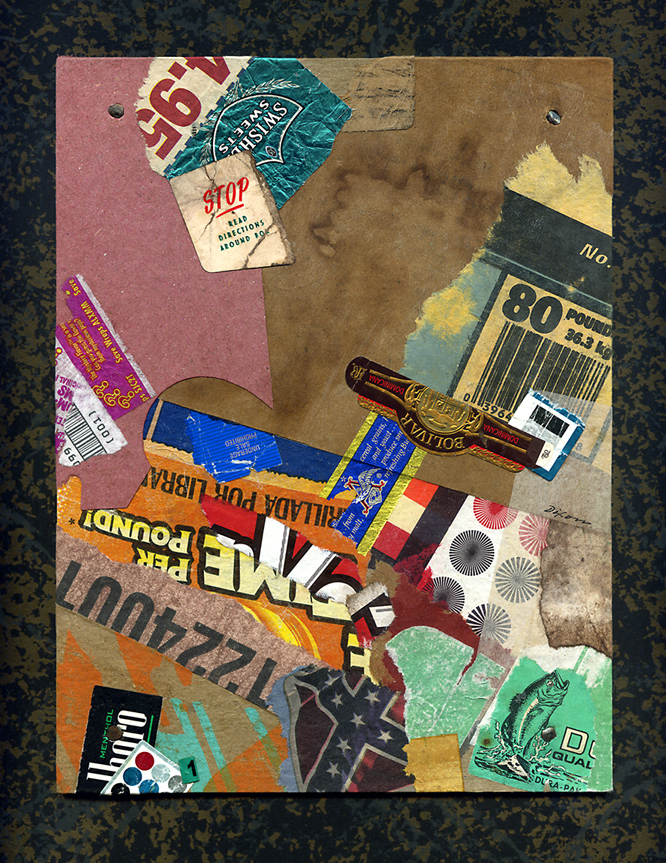
Good Ol’ Boy Dada, part 1
collage artifact by J A Dixon
7 x 9.25 inches
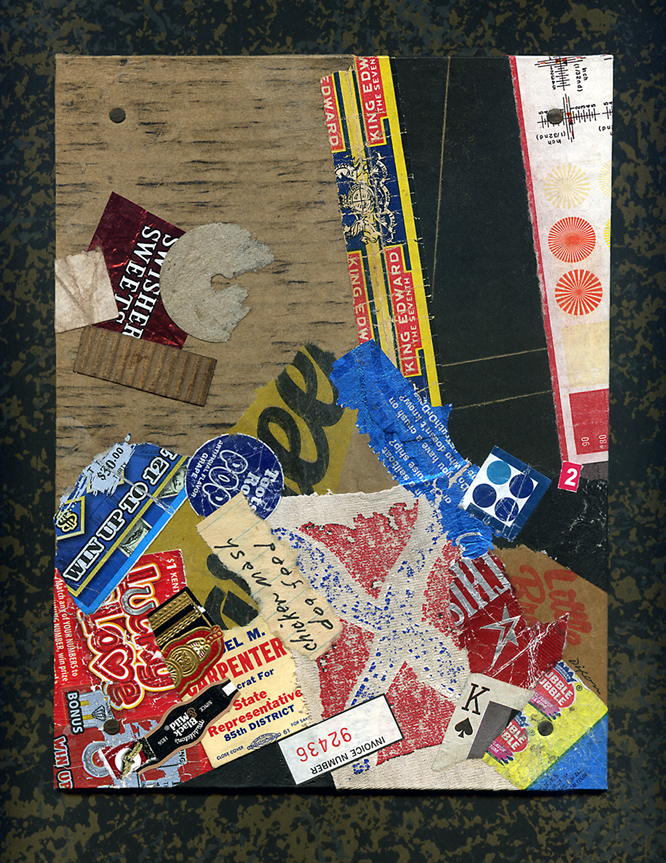
Good Ol’ Boy Dada, part 2
collage artifact by J A Dixon
7 x 9.25 inches
